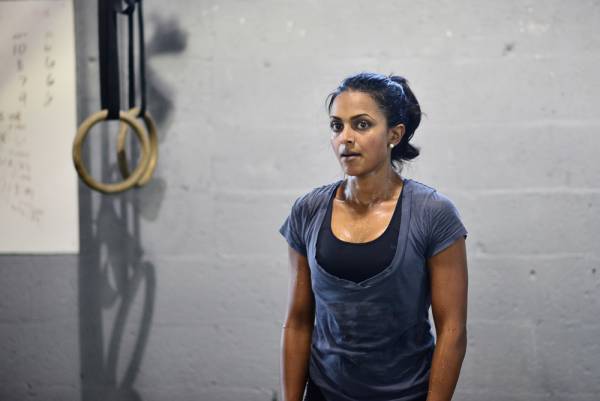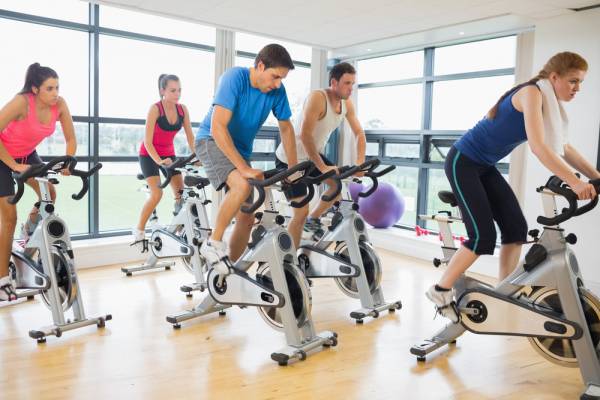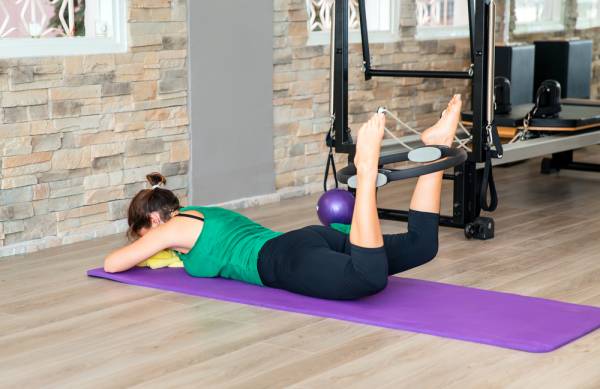Maybe I should have entitled this article, The Best Normally-Engaged in Calorie-burning Activities Per Unit of Time. After all, you could burn many calories by insanely walking up and down flights of stairs all day until you eventually collapse at some point. That would not be a practical and safe option, though.
You could also perform a combination of ground-based bodyweight-only exercises, running, and chin ups for hours upon hours until you literally exhaust your energy supplies. But who has the time for that? Not many, and it’s not recommended unless you’re a psychotic fanatic and financially able to devote valuable time to it.
This discussion is centered upon the simple calorie in versus calories out reality, pragmatic exercise selection, and sensible eating.
Articles for Nutrition and Fat Loss
Regarding sensible eating, there is already a plethora of great information that can help you shore up your diet. It takes discipline, but you can do it if you truly want to make changes. Take a look at these fine articles:
- Carbohydrates: the Good, the Bad, and the Ugly
- The Story of the Endomorph: How to Work With What You Have
- Death By Food Pyramid: When Science Is Not What It Seems
Come With a Realistic Game Plan
Assuming you can shore up your food intake, here are some realistic exercise options using traditional modes and regimens. They are all based on a manageable time of thirty minutes per session – a length you can surely find time for if you’re serious about making changes. If you’re not serious, then quit reading this.
“[U]nderstand that the higher effort required per unit of time, the greater the calories burned. This has huge implications for either your weight gain or weight loss goals.”
On that note, why you are reading this?
- Are you seeking an exercise activity that will counter your poor calorie intake?
- Are you seeking an activity to kick start your magazine-popular exercise program that has not been working?
- Are you interested in what you need to do if you finally cross the line and engage in a sensible exercise program combined with reasonable food intake?
- Are you seeking effective options to augment your currently result-producing regimen to take it to the next level?
Before moving forward, know these facts:
- In general, consuming more calories than you expend will result in additional body fat storage, all other factors being equal. If you exercise and burn X number of calories, but then consume greater than X calories plus your daily basal metabolic calorie need, then you’ll most likely store more body fat. Stop it.
- If you follow a high-carbohydrate diet, but consume fewer calories in terms of protein and fat, your body might be compromised when it comes to optimal muscle mass development. You may be able to exercise longer, but your ability to grow shapely and calorie-dependent muscle may be limited.
- If you follow a high protein and fat diet, and eschew low carb intake, it may limit your energy tank and lessen your immediate ability. You may not possess enough energy to fuel short-term maximum muscle fiber-recruiting efforts. This can in turn limit optimal muscle fiber stimulation and potential forthcoming growth stimulation. Read: you may minimize muscle bulk gains.
- Growing and possessing an optimal muscle mass percentage (male and female) may allow you to avoid excessive body fat storage, provided your total calorie intake does not exceed your total calorie expenditure. However, your high-intensity exercise efforts may decline due to a lack of immediate glycogen (carbs) stores relative to your sport or energy demands. Bottom line: you’ll run out of high-intensity training fuel earlier.
Who wins here? The low-carb/high fat and protein intake group or the higher carb/normal intake of protein and fat group? There is no simple answer due to a variety of dependent variables. But whatever option you select, your existing scale weight and body composition assessment do offer marking points for further experimentation.

If you don’t know this by now, know it. Exercise, in general, does not burn a huge amount of stored body fat during the activity. Likewise, engaging in maximal calorie-burning activities does not tap into stored (fat) calories during training session, but may post-training – provided it’s combined with a lower calorie intake. It is not huge, but it contributes.
Calories Burned During Common Workouts
Knowing you will either gain or lose scale weight depending on your energy expenditure (exercise) and total calorie intake (food consumption), understand what follows. These are some realistic calorie-burning options that could help you provided you heed the aforementioned.
In rank order, what follows are effective (or ineffective) calorie-burning activities based on 30 minutes of activity for a thirty-year-old 190 pound/86 kilogram male and thirty-year-old 125 pound/57 kilogram female. The goal would be total estimated calorie burning independent of specific muscle-building workouts (hint, hint).
“Engaging in maximal calorie-burning activities does not tap into stored (fat) calories during training session, but may post-training – provided it’s combined with a lower calorie intake.“
Here are the activities, listed from greater to lesser average calorie usage:
Interval training on a Versa Climber @ 1:00 hard/:30 easy
- Male = 617 calories
- Female = 389 calories
- Note: If you have used the VersaClimber, you know it’s a love/hate relationship. It’s similar to having a sack full of twenty-dollar bills being used as kindling for cooking a delicious T-bone steak over a fire. Yeah! Ugh.
Stationary cycle – all-out effort
- Male = 451 calories
- Female = 285 calories

Resistance circuit strength training @ :45 of work and:20 rest
- Male = 371 calories
- Female = 234 calories
Bodyweight exercise circuit
- Male = 370 calories
- Female = 229 calories
- Note: This is as many rounds possible in thirty minutes of 10 reps each of push ups, pull ups (or max), air squats, and jumping jacks, with minimal rest between exercises and rounds.
Running at 12:00 per mile pace
- Male = 365 calories
- Female = 222 calories
Boot camp class – various exercises and funky dance moves
- Male = 357 calories
- Female = 220 calories
Treadmill walking @5.0 miles per hour
- Male = 308 calories
- Female = 211 calories
Traditional strength training
- Male = 217 calories
- Female = 137 calories
- Note: Done with a 3:00 rest between sets, but all-out on each set performed

Pilates
- Male = 158 calories
- Female = 100 calories
Yoga
- Male = 113 calories
- Female = 71 calories
Learn What Works for You
Much information and potential confusion exits out there, so read and know the facts above. If you engage in more (45 minutes) or less (20 minutes) exercise, then adjust accordingly. But understand that the higher effort required per unit of time, the greater the calories burned. This has huge implications for either your weight gain or weight loss goals.
“You could also perform a combination of ground-based bodyweight-only exercises … for hours upon hours until you literally exhaust your energy supplies. But who has the time for that?“
To burn maximal calories to promote body fat reduction, train hard and create a calorie-consumption deficit. To grow muscle tissue and concomitantly use that new tissue to burn more calories, use demanding resistance training and couple it with a relative calorie-intake balance.
Educate yourself on the type of calories and how they are metabolized. This would include not only protein, fat, and carbs, but also the type of each, such as:
- Low- versus high-glycemic carbs
- Saturated, poly-unsaturated, unsaturated fats, and trans-fats
- Lean versus fatty proteins
Use this information judiciously and responsively to assist you in your training goals.
Check out these related articles:
- Simple Options for Daily Calorie Burning
- Why Steady State Cardio for Fat Loss Is a Bad Decision
- The Fat Loss “Secret” – You’re Just Not Working Hard Enough
- What’s New On Pulse Beat Fit UK Today
Photos 1, 3, and 4 courtesy of Shutterstock.
Photo 2 courtesy of CrossFit Empirical.






